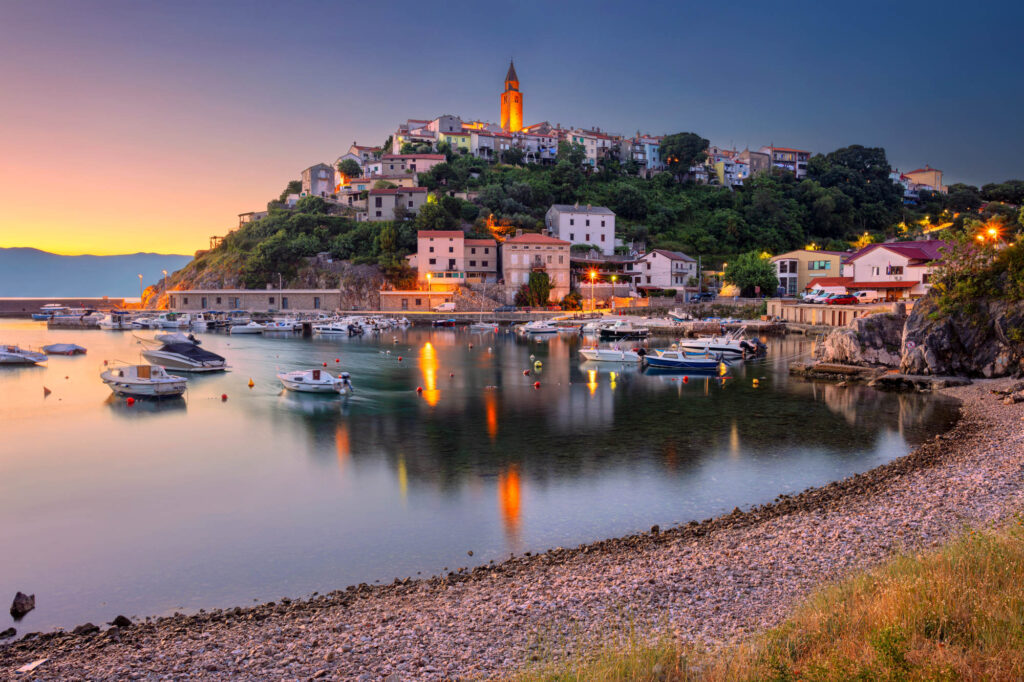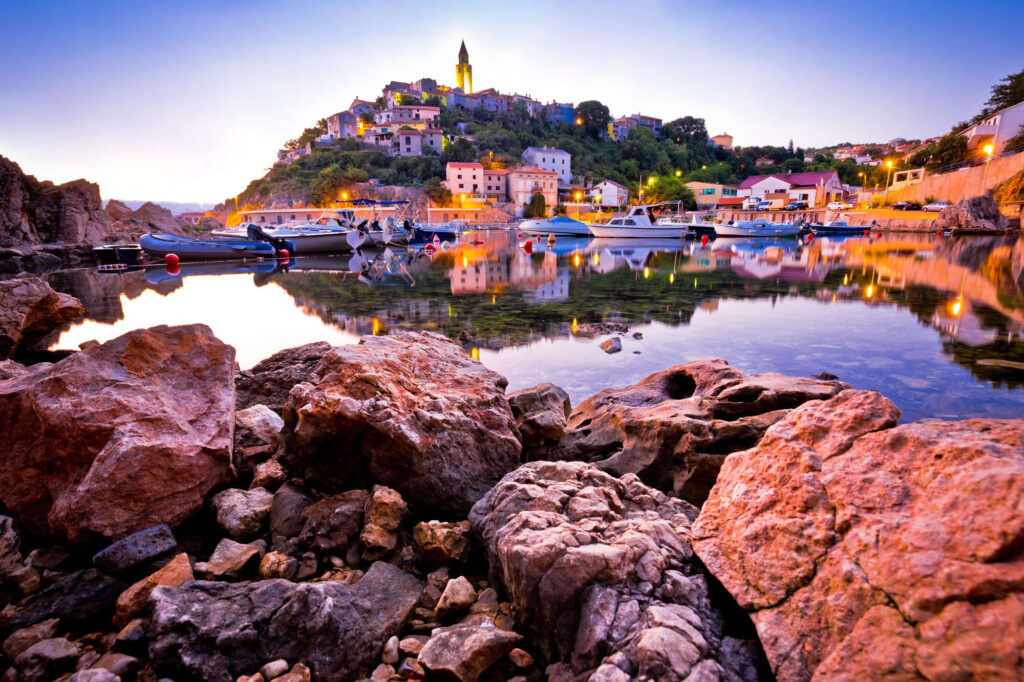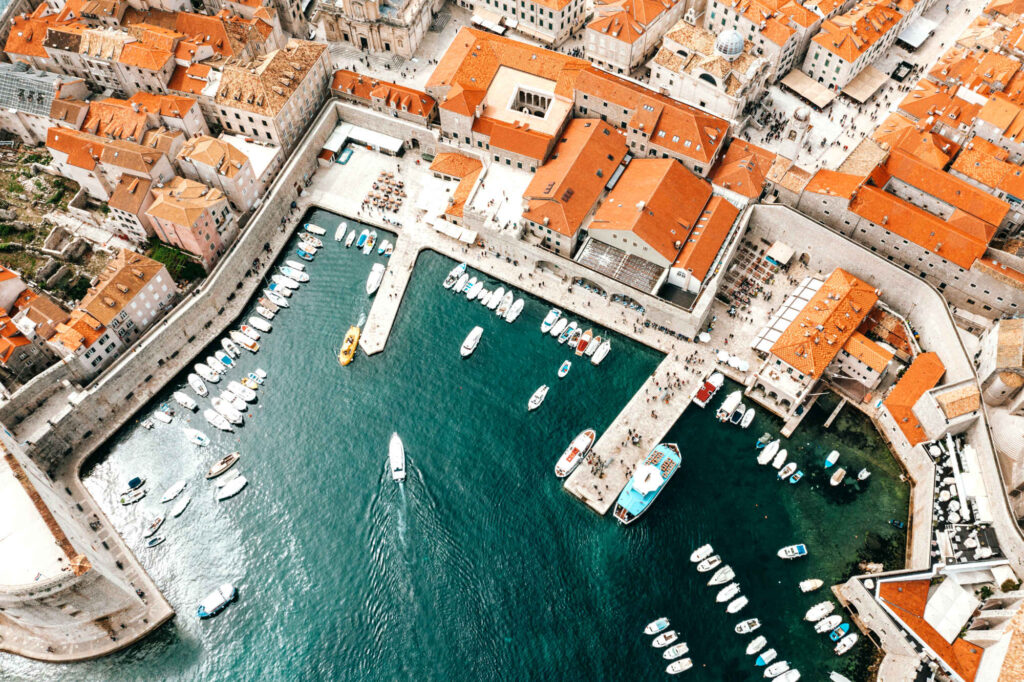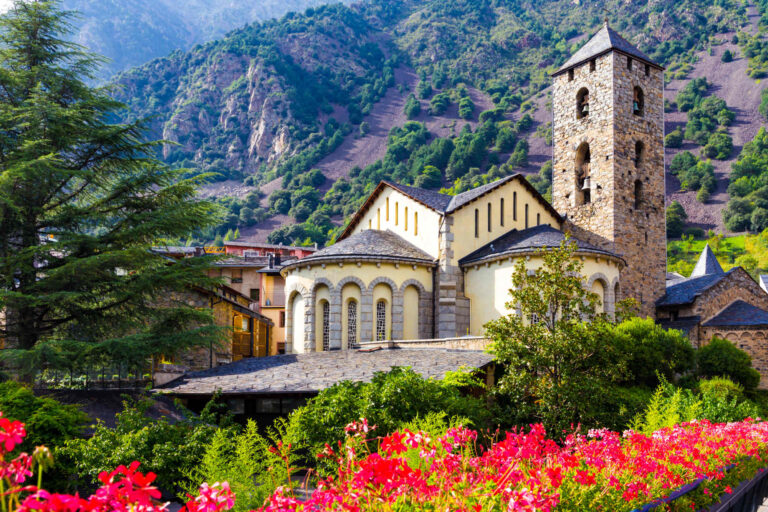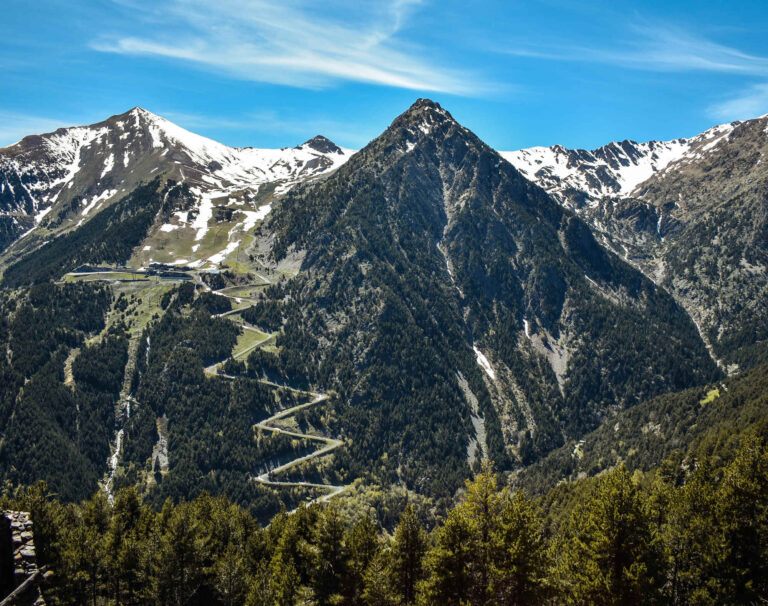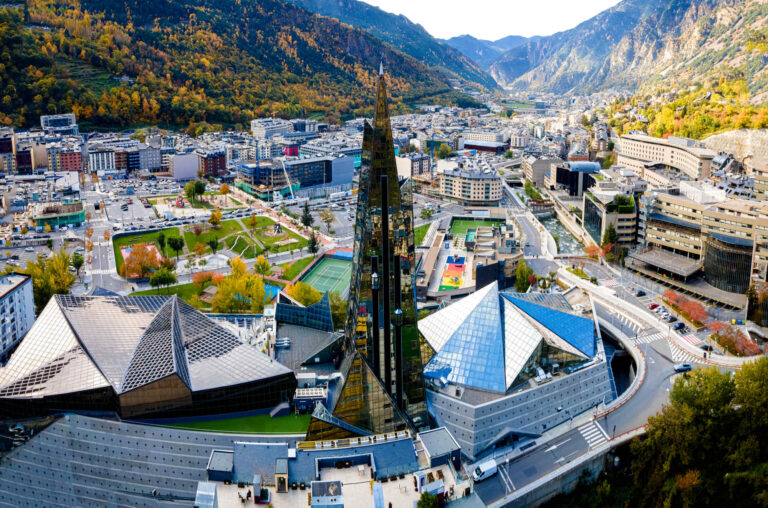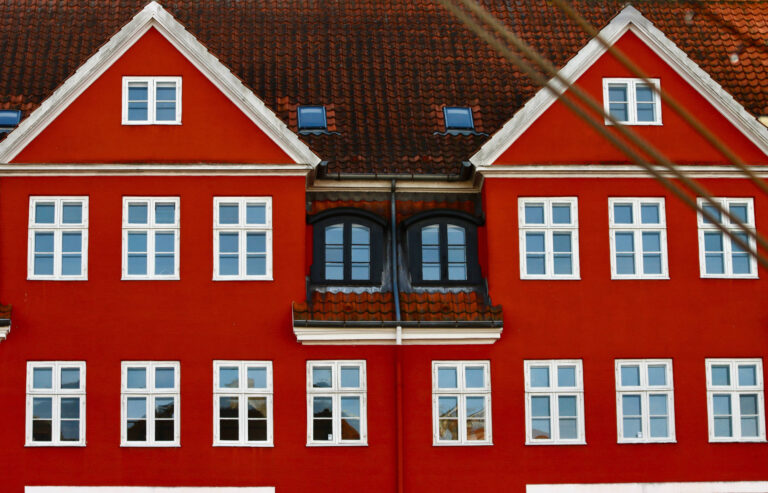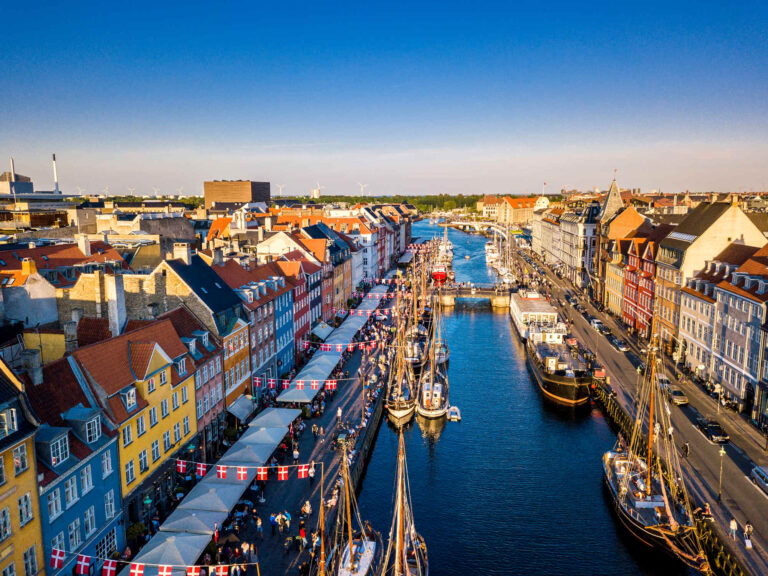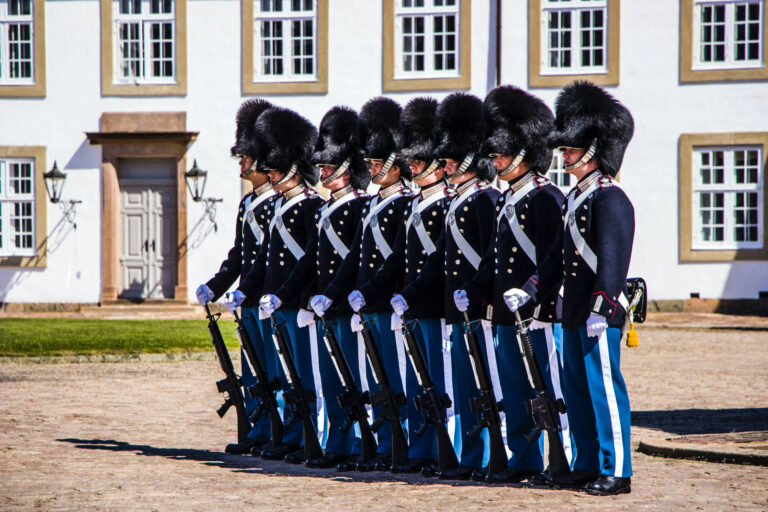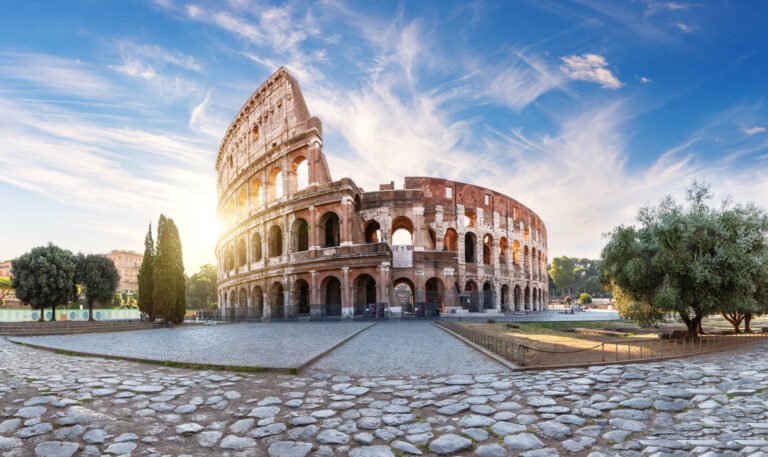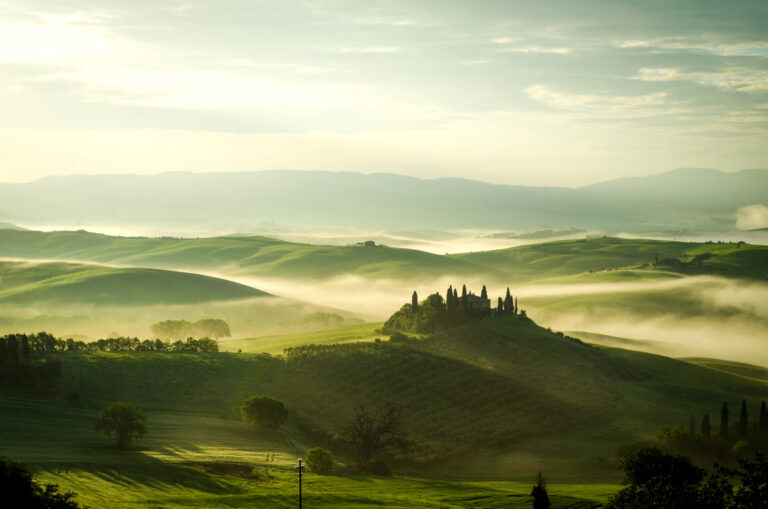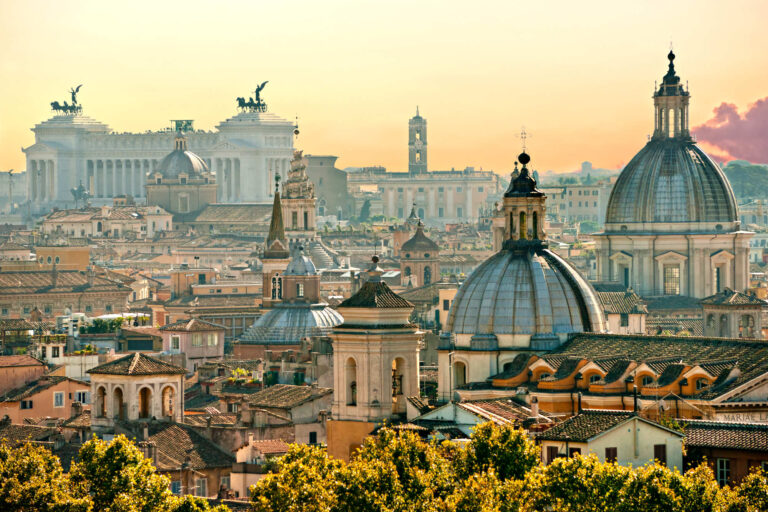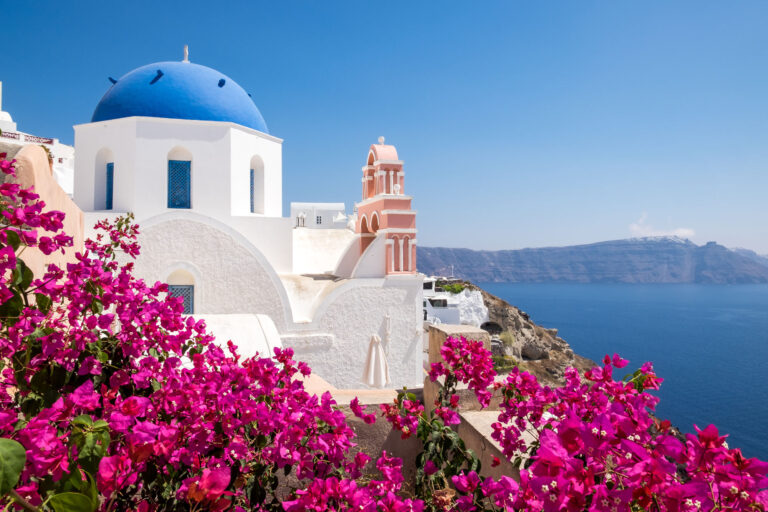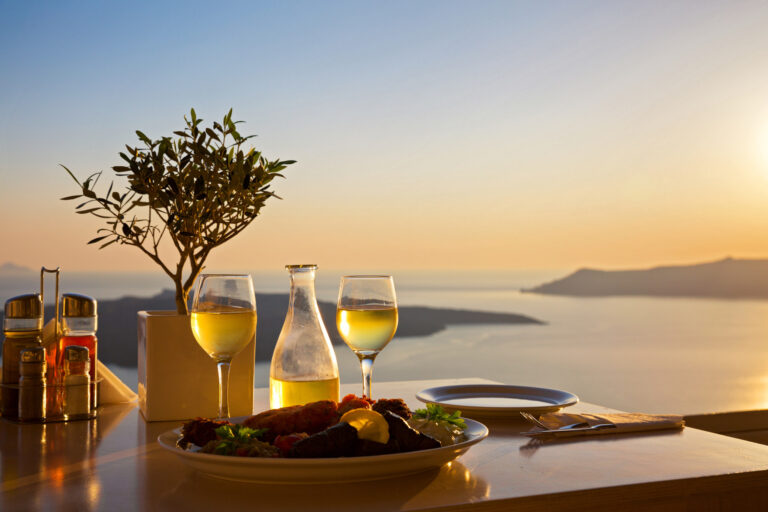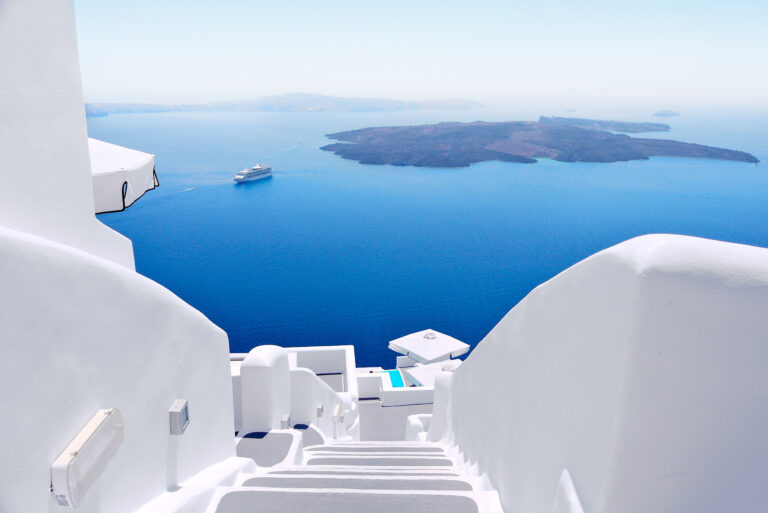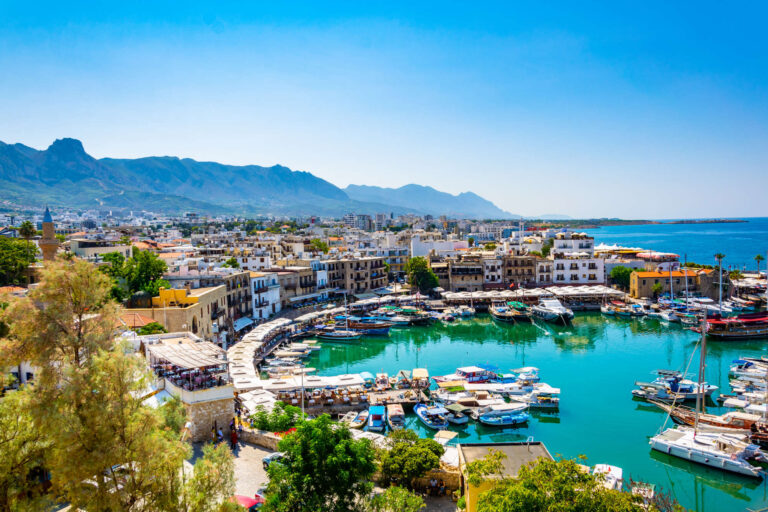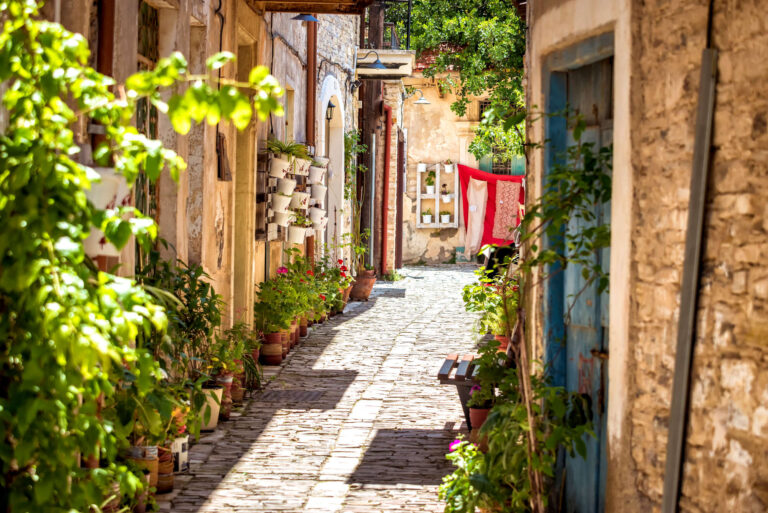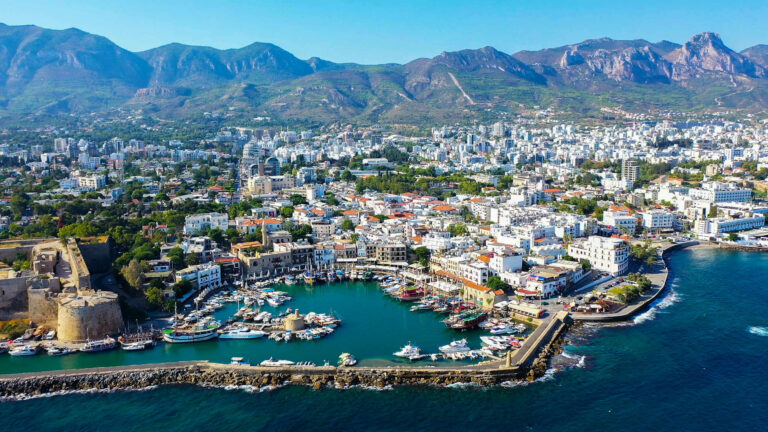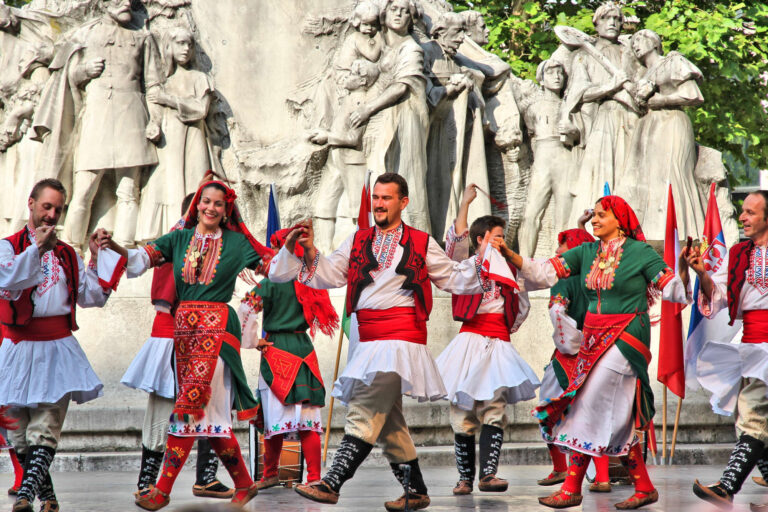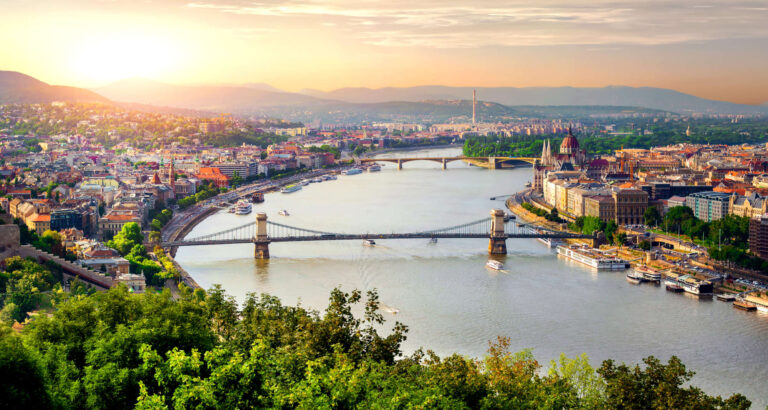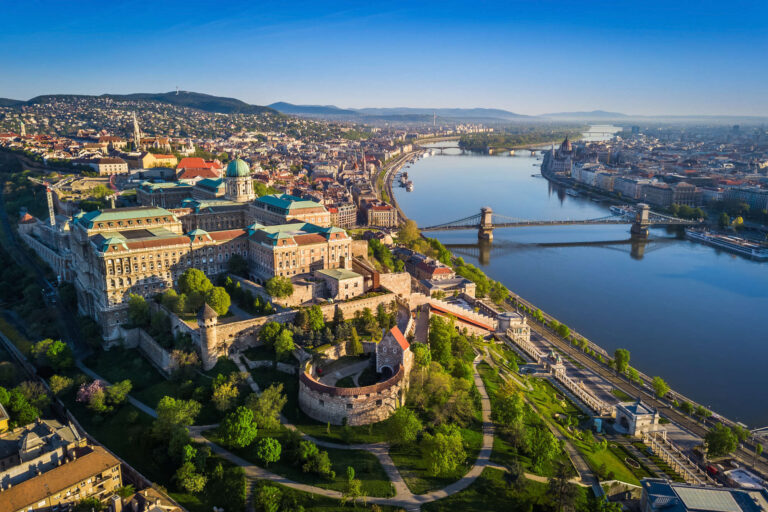
- COUNTRY
- MAIN CITIES
- prev
- next
THE COUNTRY
The lands that today comprise Croatia were part of the Austro-Hungarian Empire until the close of World War I. In 1918, the Croats, Serbs, and Slovenes formed a kingdom known after 1929 as Yugoslavia.
Following World War II, Yugoslavia became a federal independent communist state consisting of six socialist republics under the strong hand of Marshal Josip Broz, aka TITO.
Although Croatia declared its independence from Yugoslavia in 1991, it took four years of sporadic, but often bitter, fighting before occupying Yugoslav forces, dominated by Serb officers, were mostly cleared from Croatian lands, along with a majority of Croatia's ethnic Serb population.
Under UN supervision, the last Serb-held enclave in eastern Slavonia was returned to Croatia in 1998. The country joined NATO in April 2009 and the EU in July 2013. In January 2023, Croatia further integrated into the EU by joining the Eurozone and the Schengen Area.
- Zagreb;
- Plitvice Lakes National Park;
- Kornati National Park;
- Split;
- Zadar's Romanesque churches;
- Zlatni Rat Beach;
- Kor?ula Town;
- Mljet National Park; Dubrovnik;
- Osijek;
- Stecci Medieval tombstones
- Private Jets, Helicopters and Airliners
- Finest Onboard Catering
- Ground Transport and Yachts
- Luxury Villa & House Rentals
- Local Guide & 24/7 Assistance
- Customized Global Services
TO BE KNOWN
-
The State's CapitalZagreb
-
Time ZoneUTC +1
-
Telephone Code385
-
Total Area56 594 Km2
-
Population4 188 853 (2022 est.)
-
Main LanguagesCroatian, Serbian, other
-
CurrencyEuros (EUR)
-
GDP Per CapitaUSD 31600
-
Airports69
-
Heliports1
TRAVEL INFORMATION
Mediterranean and continental; continental climate predominant with hot summers and cold winters; mild winters, dry summers along coast
Croat 90.4%, Serb 4.4%, other 4.4% (including Bosniak, Hungarian, Slovene, Czech, and Romani)
When eating, be sure to accept second helpings if offered. Refusal is considered impolite.
Zagorski štrukli — dough and various types of filling either boiled or baked; a mixture of cottage cheese with eggs, sour cream, and salt is spread thinly over the dough which is rolled lengthwise into two joined rolls and then cut into pieces before cooking
Tourism-based economy that was one of the hardest hit by COVID-19 economic disruptions; newest euro user since 2023, helping recover from a 6-year recession; public debt increases due to COVID-19 and stimulus packages; weak exports; continuing emigration; new liquefied natural gas import terminal
Promotional Video
Location
-
Croatia

